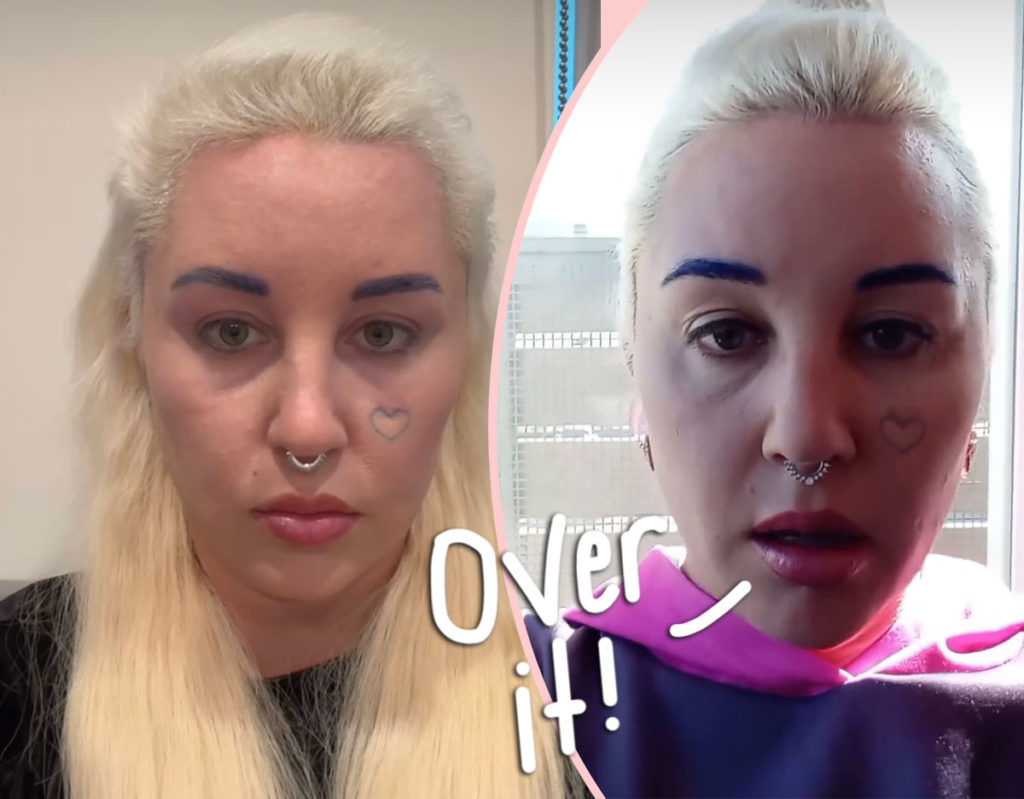The name Amanda Bynes has become synonymous with both talent and controversy in the entertainment industry. This article dives deep into the question, "What did they do to Amanda Bynes?" and explores the factors that influenced her life, career, and mental health. From her early days as a child star to her struggles in adulthood, we aim to shed light on the complexities surrounding her life.
Amanda Bynes, once a beloved figure in Hollywood, faced a series of challenges that left many questioning the role of the entertainment industry and society in shaping her journey. As her story unfolds, we uncover the events that shaped her life and analyze the impact of external pressures on her mental health.
Understanding Amanda Bynes' story is not just about analyzing her personal struggles but also about reflecting on the broader implications of fame, mental health, and societal expectations. By examining her journey, we hope to provide insights into the importance of support systems for individuals in the public eye.
Read also:Who Was Aubreigh Wyatt A Detailed Exploration Of Her Life And Legacy
Biography of Amanda Bynes
Early Life and Career
Amanda Bynes was born on April 3, 1986, in Tarzana, California. Her early life was marked by a love for performing, which eventually led her to the world of entertainment. At the age of 11, she gained recognition for her role as the quirky character "Nancy Spitoni" on "The Amanda Show," a Nickelodeon series that aired from 1999 to 2001.
Her breakout role came with the hit TV series "All That," where she showcased her comedic talent. This early success paved the way for her transition into films, where she starred in notable movies such as "What I Like About You" and "Hairspray." Amanda's career was on an upward trajectory, and she quickly became a household name.
| Full Name | Amanda Leigh Bynes |
|---|---|
| Date of Birth | April 3, 1986 |
| Place of Birth | Tarzana, California, USA |
| Occupation | Actress, Comedian |
| Claim to Fame | Child star turned Hollywood actress |
What Did They Do to Amanda Bynes? Examining the Factors
Pressure of Fame and Public Scrutiny
One of the primary questions people ask is, "What did they do to Amanda Bynes?" The answer lies in the intense pressure of fame and the constant public scrutiny that comes with it. As a child star, Amanda was thrust into the limelight at a young age, leaving her vulnerable to the demands of the entertainment industry.
Studies have shown that child stars often face unique challenges, including the lack of a normal childhood and the burden of maintaining a public image. According to a report by the American Psychological Association, child actors are more likely to experience mental health issues due to the pressures of fame.
Impact of Social Media and Tabloids
In the digital age, social media and tabloids play a significant role in shaping public perception. Amanda Bynes' life became a subject of intense media scrutiny, with tabloids often exaggerating or misrepresenting her actions. This constant barrage of negative attention contributed to her mental health struggles.
Research from the Pew Research Center highlights the negative impact of social media on mental health, particularly for individuals in the public eye. Amanda's experiences serve as a cautionary tale about the dangers of excessive media exposure.
Read also:How Many Kids Did Jenni Rivera Have Exploring The Life And Legacy Of A Musical Icon
Challenges Faced by Amanda Bynes
Mental Health Struggles
Amanda Bynes' mental health challenges have been well-documented, raising concerns about the support systems available for individuals in similar situations. In 2013, she was placed on a 72-hour psychiatric hold after a series of erratic behaviors, including a DUI and a fire-related incident.
Experts emphasize the importance of early intervention and access to mental health resources. A study published in the Journal of Clinical Psychology highlights the need for comprehensive mental health support for individuals in high-pressure environments.
Legal Issues and Their Consequences
Throughout her struggles, Amanda faced several legal issues, including traffic violations and disorderly conduct charges. These incidents further fueled public speculation about her mental state and the role of external factors in her life.
Legal experts point out that individuals in the public eye often face harsher scrutiny and consequences for their actions. This raises questions about the fairness of the justice system and the role of media in shaping public perception.
Support Systems and Interventions
Role of Family and Friends
Amanda Bynes' family and friends played a crucial role in her journey, providing emotional support during challenging times. However, the extent of their involvement has been debated, with some critics questioning whether more could have been done to help her.
Support systems are vital for individuals facing mental health challenges. According to the National Alliance on Mental Illness (NAMI), family and friends can significantly impact recovery outcomes by offering understanding and encouragement.
Therapy and Rehabilitation Programs
In recent years, Amanda has reportedly undergone therapy and rehabilitation programs to address her mental health issues. These interventions aim to equip her with the tools needed to manage her challenges and rebuild her life.
Therapy programs, such as cognitive-behavioral therapy (CBT) and dialectical behavior therapy (DBT), have proven effective in treating mental health disorders. Amanda's journey highlights the importance of accessing professional help when needed.
Public Perception and Media Responsibility
Media's Role in Shaping Amanda's Image
The media's portrayal of Amanda Bynes has significantly influenced public perception. Sensationalized headlines and exaggerated stories have contributed to a negative narrative surrounding her life and struggles.
Journalists and media outlets have a responsibility to report accurately and ethically, especially when covering individuals in vulnerable situations. The Society of Professional Journalists emphasizes the importance of fairness and accuracy in journalism.
Public Reaction and Support
Despite the negative media coverage, Amanda has received support from fans and well-wishers who empathize with her struggles. Social media platforms have become spaces for discussions about mental health awareness and the need for compassion in public discourse.
Public support can play a crucial role in helping individuals like Amanda overcome their challenges. Advocacy groups such as Mental Health America encourage communities to foster empathy and understanding for those facing mental health issues.
Lessons Learned from Amanda Bynes' Story
Importance of Mental Health Awareness
Amanda Bynes' story serves as a powerful reminder of the importance of mental health awareness. It highlights the need for society to prioritize mental well-being and provide adequate support for those in need.
- Encourage open conversations about mental health.
- Provide access to mental health resources for all individuals.
- Reduce stigma surrounding mental health challenges.
Need for Industry Reform
The entertainment industry must take responsibility for supporting its talent, especially child stars who face unique challenges. Implementing reforms to protect young actors and provide them with the necessary support can help prevent similar situations in the future.
- Establish guidelines for managing the careers of child actors.
- Create support networks for individuals in high-pressure roles.
- Promote mental health education within the industry.
Conclusion: Reflecting on Amanda Bynes' Journey
Amanda Bynes' story is a poignant reminder of the complexities surrounding fame, mental health, and societal expectations. By examining her journey, we gain valuable insights into the importance of support systems, mental health awareness, and ethical media practices.
To answer the question, "What did they do to Amanda Bynes?" it is essential to recognize the multifaceted factors that contributed to her struggles. The entertainment industry, media, and society at large have a responsibility to ensure that individuals like Amanda receive the support they need to thrive.
We invite readers to share their thoughts and experiences in the comments section below. Together, we can foster a culture of empathy and understanding, promoting positive change for individuals facing similar challenges. Explore other articles on our site to learn more about mental health, celebrity culture, and societal issues.
Table of Contents
- Biography of Amanda Bynes
- Pressure of Fame and Public Scrutiny
- Impact of Social Media and Tabloids
- Mental Health Struggles
- Legal Issues and Their Consequences
- Role of Family and Friends
- Therapy and Rehabilitation Programs
- Media's Role in Shaping Amanda's Image
- Public Reaction and Support
- Lessons Learned from Amanda Bynes' Story


